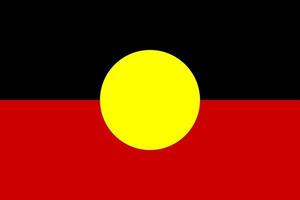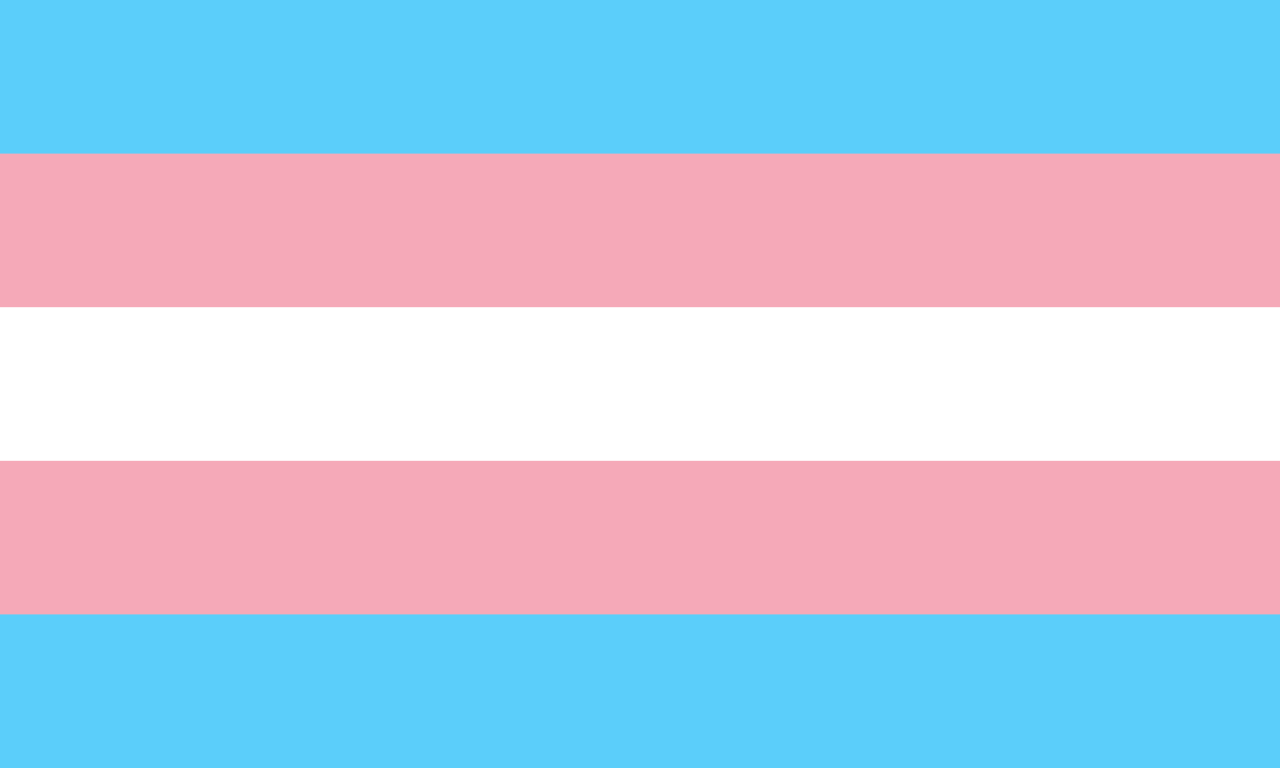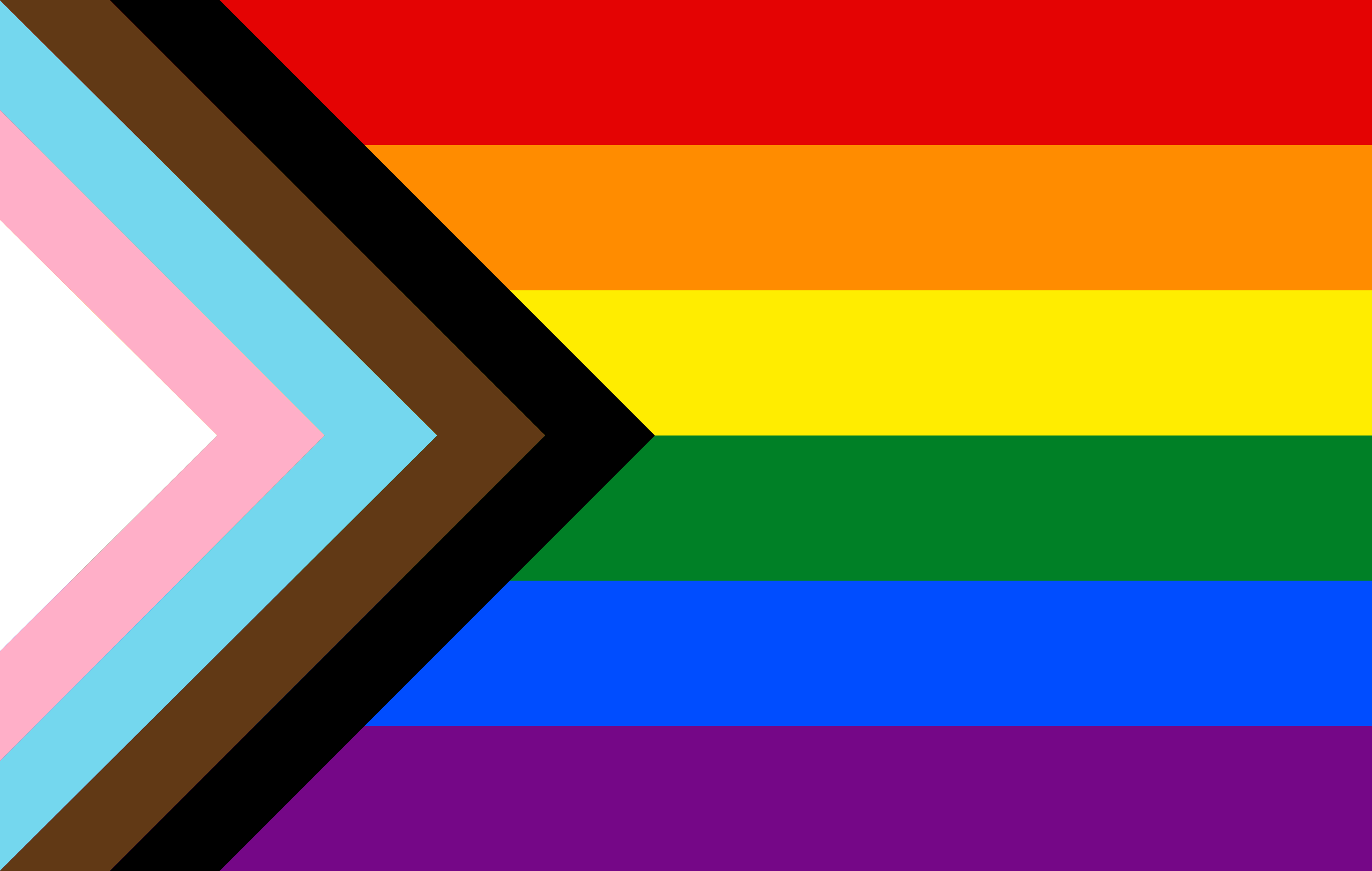Single Incision Mastectomy
Single Incision Mastectomy
Single Incision Mastectomy
A single incision mastectomy, also known as periareolar mastectomy, keyhole mastectomy, or keyhole top surgery is a surgical procedure commonly chosen by individuals seeking top surgery as part of their gender affirmation journey. Unlike the double incision mastectomy which involves two incisions across the chest, the single incision mastectomy utilizes a single, usually smaller incision per breast. This technique is often preferred by individuals with smaller breast sizes or those who desire minimal scarring. In this procedure, the surgeon removes breast tissue through the incision, resulting in a more contoured chest appearance.
A single incision mastectomy, also known as periareolar mastectomy, keyhole mastectomy, or keyhole top surgery is a surgical procedure commonly chosen by individuals seeking top surgery as part of their gender affirmation journey. Unlike the double incision mastectomy which involves two incisions across the chest, the single incision mastectomy utilizes a single, usually smaller incision per breast. This technique is often preferred by individuals with smaller breast sizes or those who desire minimal scarring. In this procedure, the surgeon removes breast tissue through the incision, resulting in a more contoured chest appearance.
Overview and General Considerations
The Single Inscision Mastectomy is an excellent option for people who have smaller breasts (A or B cup). It is also particuarly suited to tight skin with good elasticity.
Single incision mastectomy is a low risk and safe operation.
Pros
The surgery leaves a less scar as it’s only around the border of the areola (the area of darker skin around the nipple)
Higher chances of maintaining nipple viability and likelihood of regaining sensation to the nipple (some sensory changes are common).
Cons
The surgical procedure doesn't allow for large changes in nipple position, as they remain attached
A small amount of breast tissue will have to be left behind the nipple to preserve its blood supply. This small amount of breast tissue may be palpable and may have the risk of increasing in size. It is possible to have a second surgery to remove this tissue 6 months after the initial surgery once the nipple has re-established more robust blood supply.
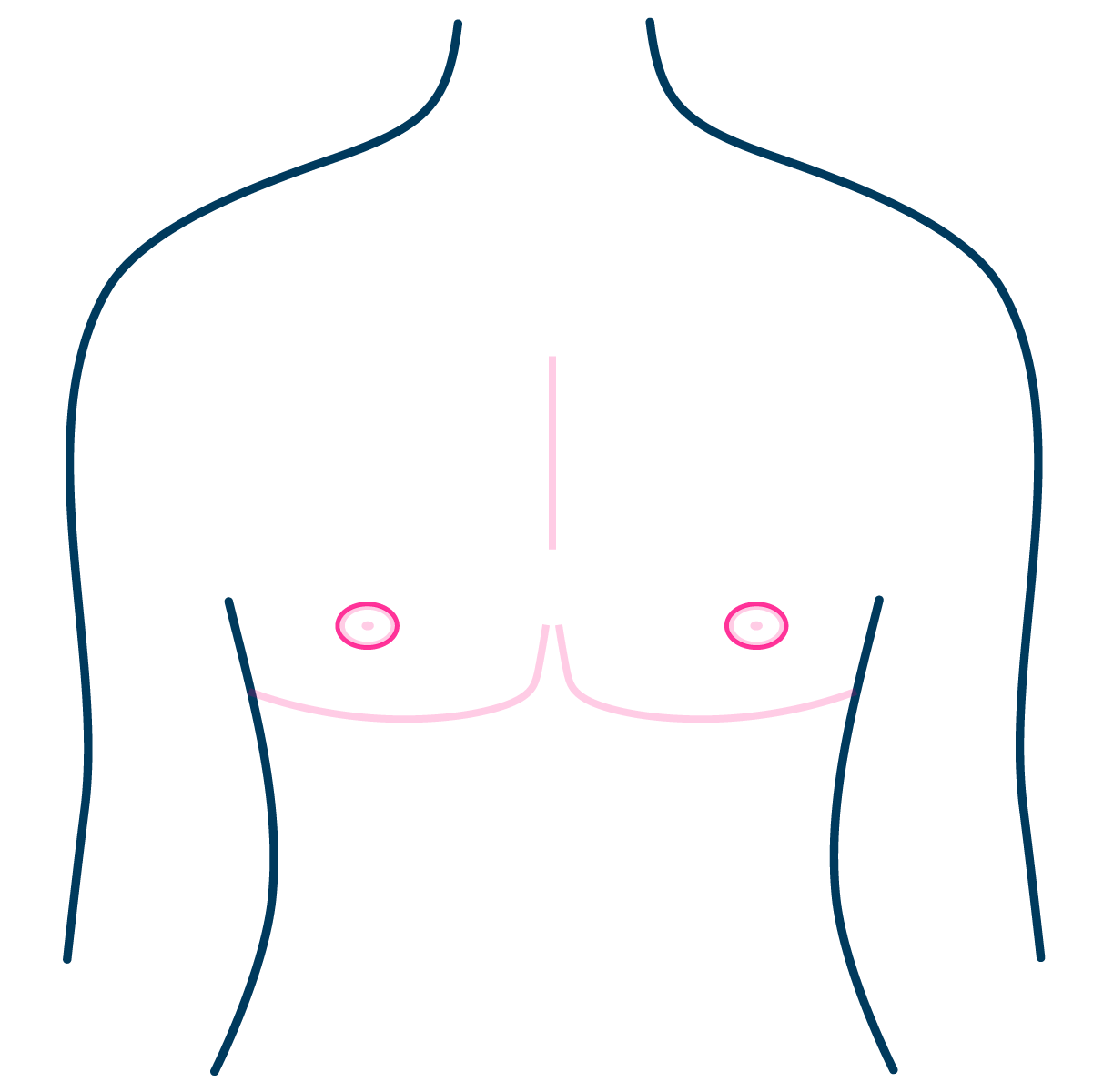
During a single incision mastectomy, the surgeon makes an incision around the areola to remove breast tissue, resulting in no scars on the chest, but some scarring around the nipple. These scars are often partially hidden by the nipple, creating a positive aesthetic. During the operation, the nipple can also be made smaller
Please note: For all images on this page, blue is used for body outline, light pink is used to show contouring, and dark pink is used for scar lines.
Additional Considerations
One of the primary benefits of the single incision mastectomy is its preservation of the nipple. Unlike other mastectomy techniques where the nipple is completely removed, in the single incision method, the nipple remains attached to the skin along with a small amount of breast tissue. This preservation of the nipple structure increases the likelihood of maintaining nipple sensation and viability post-surgery. This aspect of the procedure is particularly advantageous for individuals who value nipple sensation and wish to retain a more natural appearance following surgery.
The scar is limited to around the nipple, so the healing is quicker with less pain in general. There is also virtually no risk of dog ears with this approach.
Due to the limited distance for nipple movement, some individuals may prefer a wider spacing between their nipples, which may not be achievable with this technique. Additionally, a small amount of breast tissue is left behind the nipple to preserve blood supply, potentially resulting in a slightly protruded appearance of the nipple and areola. This residual tissue may shrink over time with testosterone treatment, but if it remains a concern, it can be addressed through tissue trimming in a subsequent procedure, typically 6 or more months later.
Links to Additional Information
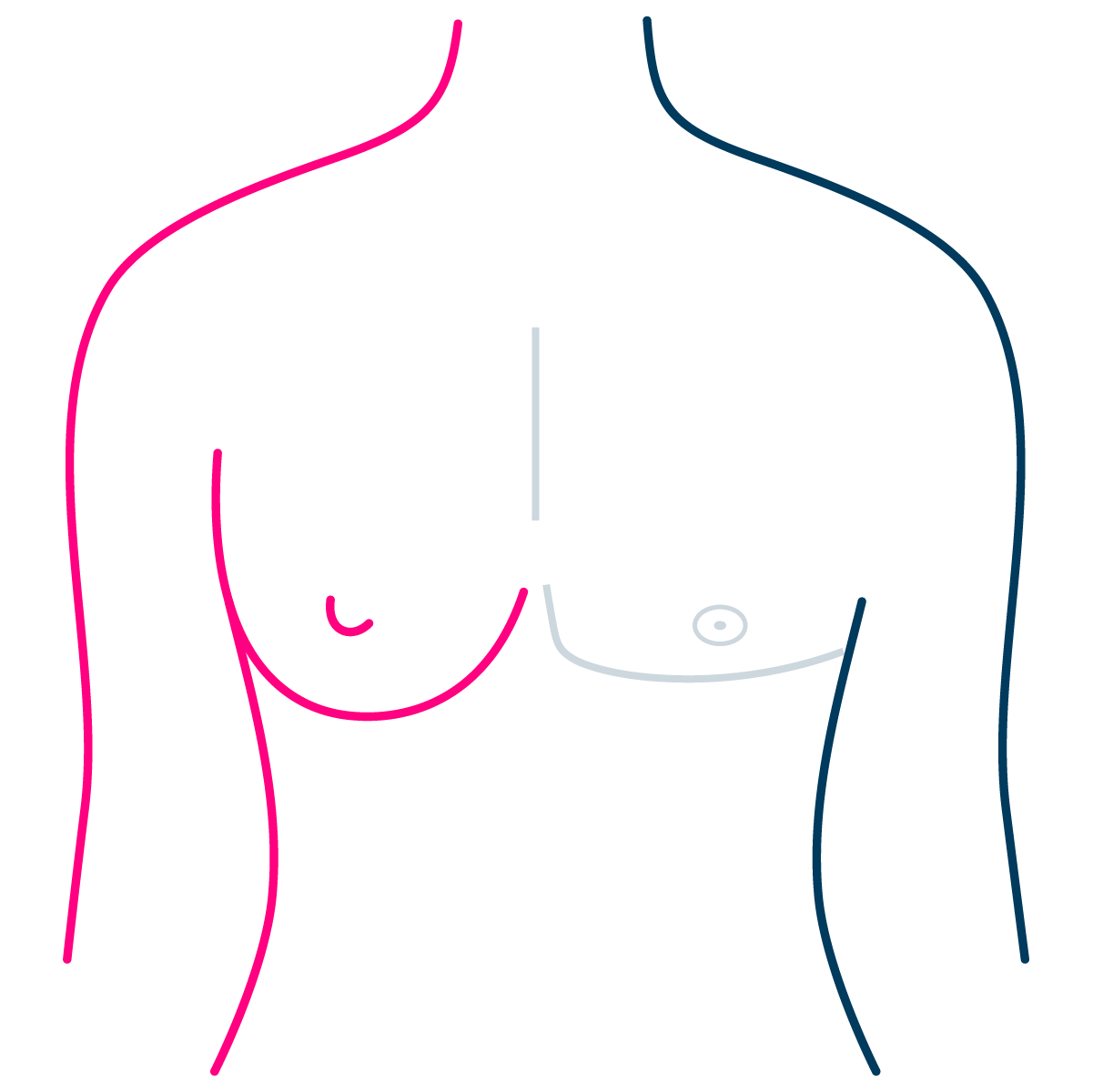
Appointment booking is provided in English.
Consultations are provided in English and Mandarin Chinese.
